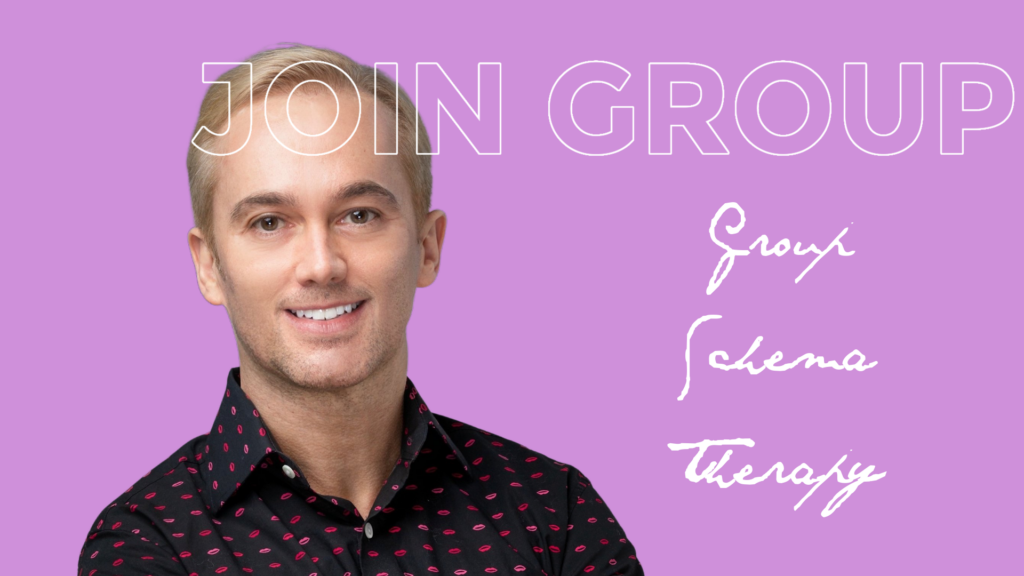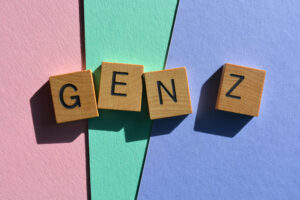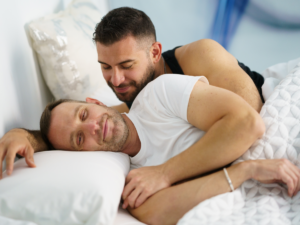People naturally need to feel like they belong and are accepted by others. But not everyone has this sense of being part of a group, and for some people, their sexual orientation is the main reason they feel left out of society.
As a schema therapist since 1995, I’ve seen how social exclusion impacts gay men in many ways. I’ll share some of what I’ve learned, including how gay men can change this isolating and often painful experience.
What are schemas?
Early maladaptive schemas (EMSs) are deeply ingrained patterns of thoughts, feelings, and behaviors that develop in childhood and can continue to affect a person’s life well into adulthood. These schemas are often formed due to early trauma, neglect, or feeling like no one cares about you. They can cause a wide range of emotional and behavioral problems.
Early maladaptive schemas can be considered the building blocks of a person’s personality. They are strong beliefs about oneself, other people, and the world that are formed as a child and reinforced over time by repeated experiences. Most of the time, these schemas are unconscious, and it can be hard to figure out what they are without help from an expert schema therapist.
Understanding the Social Exclusion Schema
The social exclusion schema is a way of thinking that develops in people who are repeatedly rejected, left out, or left alone at a young age. Schemas are early maladaptive This can be caused by many things, such as a person’s sexual orientation, race, physical appearance, or socioeconomic status.
For gay men, the social exclusion schema can start early in life, when they realize their sexual orientation is different from that of their friends. This can lead to shame, fear, and worry about being rejected or left out by other people.
The social exclusion schema may make gay men avoid situations where they might be rejected or left out. They may also worry about getting close to people because they think that if they do, they will be rejected or left alone.
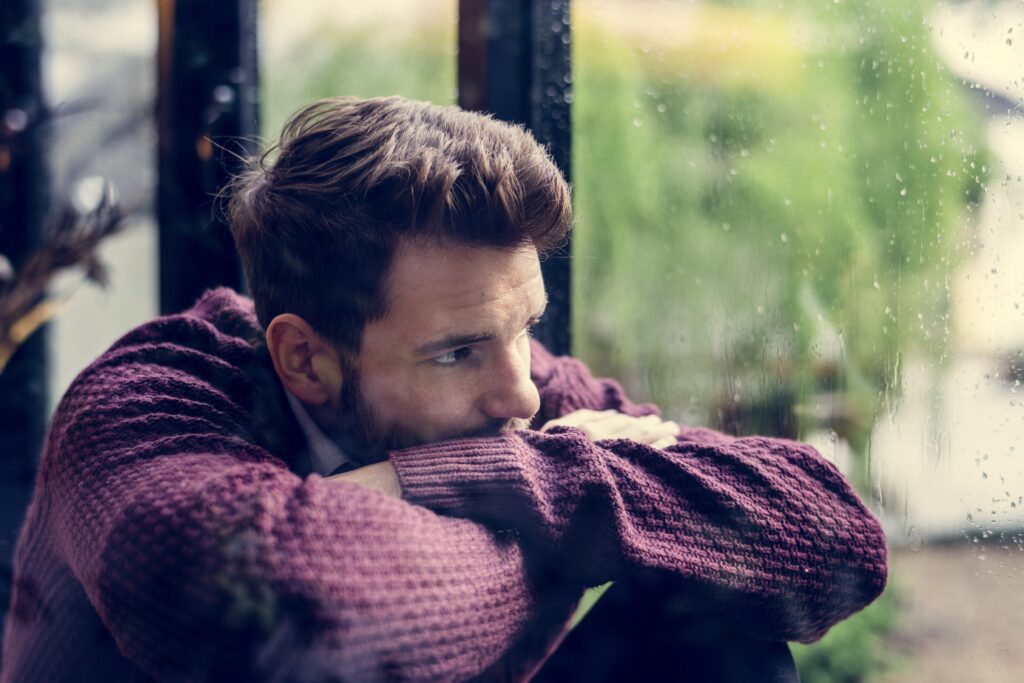
The pain of isolation can be present even when we’re with other people
How Gay Men Are Affected by the Social Exclusion Schema
The social exclusion schema can have a big effect on the mental health and well-being of gay men. It can make you feel lonely, sad, and anxious and lower your self-worth and self-esteem. Gay men with the social exclusion schema may also turn to unhealthy ways to deal with their problems, such as using drugs, overeating, or engaging in risky sexual behavior. The negative effects of the schema on their mental and physical health can be reinforced and made worse by these behaviors.
The social exclusion schema can also hurt the relationships between gay men. They may struggle at times making and keeping healthy relationships with other people because they are afraid of being rejected or left alone. Loneliness may make the schema feel even worse.
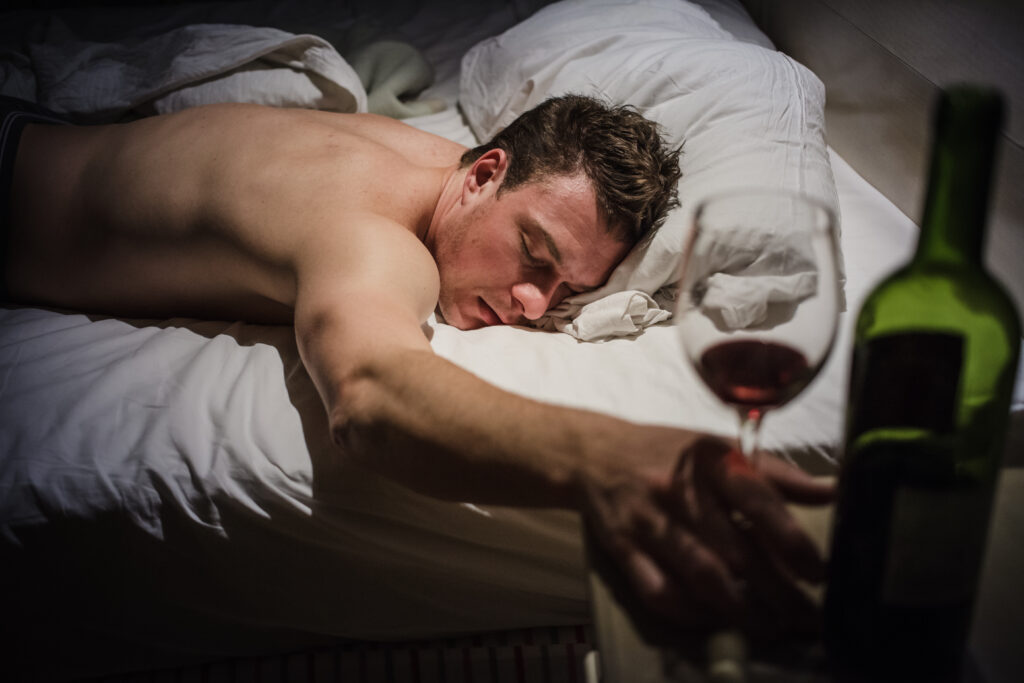
Schema Therapy Can Be Used to Help Gay Men Overcome Social Exclusion
Schema therapy is a type of psychotherapy that was developed in the mid-1980s by Dr. Jeffrey Young of the Cognitive Therapy Center of New York, where I worked as a staff psychotherapist for more than a decade. Schema therapy can help people with deep-seated, long-lasting negative patterns of thinking and acting that don’t respond well enough to cognitive behavioral therapy alone. These unhealthy patterns are driven by schemas that originate from unmet emotional needs, like the need to feel safe, loved, or accepted.
Schema therapy is an integrative therapy that involves people working together to find and change unhealthy schemas and their ways of coping with them. It uses multiple interventions, including cognitive, experiential, and behavioral techniques.
In schema therapy, some of the ways gay men overcome the social exclusion schema are:
- Psychoeducation
Psychoeducation is the first step of schema therapy. Gay men learn about the social exclusion schema and how it can affect their thoughts, feelings, and actions. When they can identify the schema, they can start to see how it affects them and work to change it. - Identifying Triggers
Once a gay man knows how the social exclusion schema works, the next step is to figure out what sets it off. These triggers could be certain situations or people that make them feel rejected, left out, or abandoned. By figuring out what sets off the schema, a gay man can learn to recognize when it happens and take steps to deal with it. - Challenging distorted ideas
In schema therapy, negative beliefs about the schema are uncovered and questioned. Gay men might think, “I’ll never be loved,” or “I’m not good enough to be loved.” Most of the time, these beliefs come from what they’ve seen or experienced in the past, not what’s going on in their lives now.
You can challenge these negative beliefs by looking at the evidence that backs them up and trying to find other explanations. This can help gay men see themselves and their relationships in a more balanced and realistic way. - Rescripting Images
Imagery rescripting is a powerful technique used in schema therapy to help people relive and reevaluate bad experiences from their past that may have helped them form their schemas. It involves imagining what happened in the past that helped develop the schema and then rewriting it so that it leads to a better outcome. For example, a gay man who was turned down by a potential partner in the past might picture the hurtful event and then rewrite it to include a more positive and realistic outcome, like the partner showing interest and wanting to continue the relationship. This technique can help you feel less bad about a painful experience and make a new, better memory instead. - Behavioral Techniques
In schema therapy, behavioral techniques can help gay men overcome the social exclusion schema. These may include exposure techniques, which involve slowly putting the person in situations that trigger the schema and helping them get used to the bad feelings that come up. Other behavioral techniques may include practicing new social skills and assertiveness, setting realistic goals for social connections and interactions, and doing things that give you a sense of accomplishment and self-worth. - Gaining Insight About Yourself
Schema therapy tries to help people develop a healthy self-concept, which includes a positive sense of self-worth, self-esteem, and self-acceptance. This can be done by looking at past experiences and relationships that have shaped the schema and finding strengths and positive traits that can be built on. A healthy self-concept also means learning to accept and validate one’s feelings and experiences, even if they are painful or hard. This can help to reduce shame and self-criticism and encourage self-compassion and self-care. - Group Schema Therapy
Group schema therapy is one of the best ways to deal with the social exclusion schema. Group schema therapy is a mix of individual and group therapy sessions. It is the most effective way to help gay men with the social exclusion schema get over these feelings and feel more connected to other people. It is much more effective than individual therapy alone at treating social exclusion. Group schema therapy is a good way to help people with the social exclusion schema get over their feelings of being alone and feel more connected to others. Group schema therapy can help gay men deal with the maladaptive schemas at the root of many of their emotional and behavioral problems. It is based on the ideas of cognitive-behavioral therapy (CBT) and schema therapy and includes both individual and group therapy sessions. In group schema therapy, a group of people with similar problems and schemas work together to deal with their problems and learn new ways to deal with hard emotions and relationships. People can share their experiences, get feedback, and learn from each other in a group setting that is supportive and doesn’t judge. Treatment works best when gay men feel safe enough to be themselves in a group where they are accepted. Group schema therapy can help gay men with the social exclusion schema in more than one way. Among these are:
- Giving people a feeling of belonging
One of the best things about group schema therapy is that it helps people who feel alone and disconnected from others feel like they belong. People can connect with others who have had similar experiences and struggles and feel a sense of community and support in a group setting.
This sense of belonging can be especially powerful for gay men who have been rejected or treated badly. It can help them feel less alone in their problems and learn to care more about and understand other people. - Validation and understanding
In group schema therapy, people can talk about their feelings and experiences with others who can validate and understand them. This can be especially helpful for gay men who might have felt ashamed or unsure of themselves because of their sexuality.
The group setting gives people a safe, nonjudgmental place to talk about their feelings and experiences without worrying about being rejected or treated unfairly. This can provide them with a sense of being heard, understood, and supported that they may not have had before. - Challenging negative beliefs
People can challenge their negative beliefs and assumptions about themselves and others during group schema therapy. This can be especially helpful for gay men who may have internalized negative stereotypes and beliefs about their sexuality and how other people treat them.
People can work together in a group to challenge these negative beliefs and come up with more positive, useful ways of thinking. This can help them overcome their fear of being left out and build better relationships with others. - Learning new social skills
People can also learn new social skills and behaviors in group schema therapy that can help them connect with others in a more meaningful way. This could mean practicing being assertive, listening actively, and communicating well.
When people learn these skills in a group, they can get feedback and support from others who can help them improve and develop their skills. This can boost a person’s confidence and self-esteem and help them have better, more satisfying relationships with other people. - Getting a sense of meaning and purpose
Lastly, group schema therapy can help people feel like their lives have more purpose and meaning. People can feel more hope and motivation when they connect with others who are going through similar problems and work together to solve them.
This can help them make sense of their lives and feel like they have more power and control over them. It can also give you a sense of purpose and direction, which can be especially helpful for gay men who, because of the social exclusion schema, may have felt aimless or lost.

The social exclusion schema can have a big effect on gay men’s mental health and happiness. If you are a gay man who feels left out and alone and wants to get help, group schema therapy may be a good choice for you. It is important to get help and treatment from a qualified mental health professional who has worked with people who have this schema before and can give you the guidance and support you need to get over it.
I facilitate a group schema therapy for men that is now accepting new members Tuesday nights from 8 to 9:30. Fill out the contact form below, and I’ll get in touch to talk about your situation and see if group schema therapy might be a good way to help you stop feeling left out. With the help of this schema therapy group, you can learn to challenge negative beliefs, build positive relationships, and live a more fulfilling and connected life.
